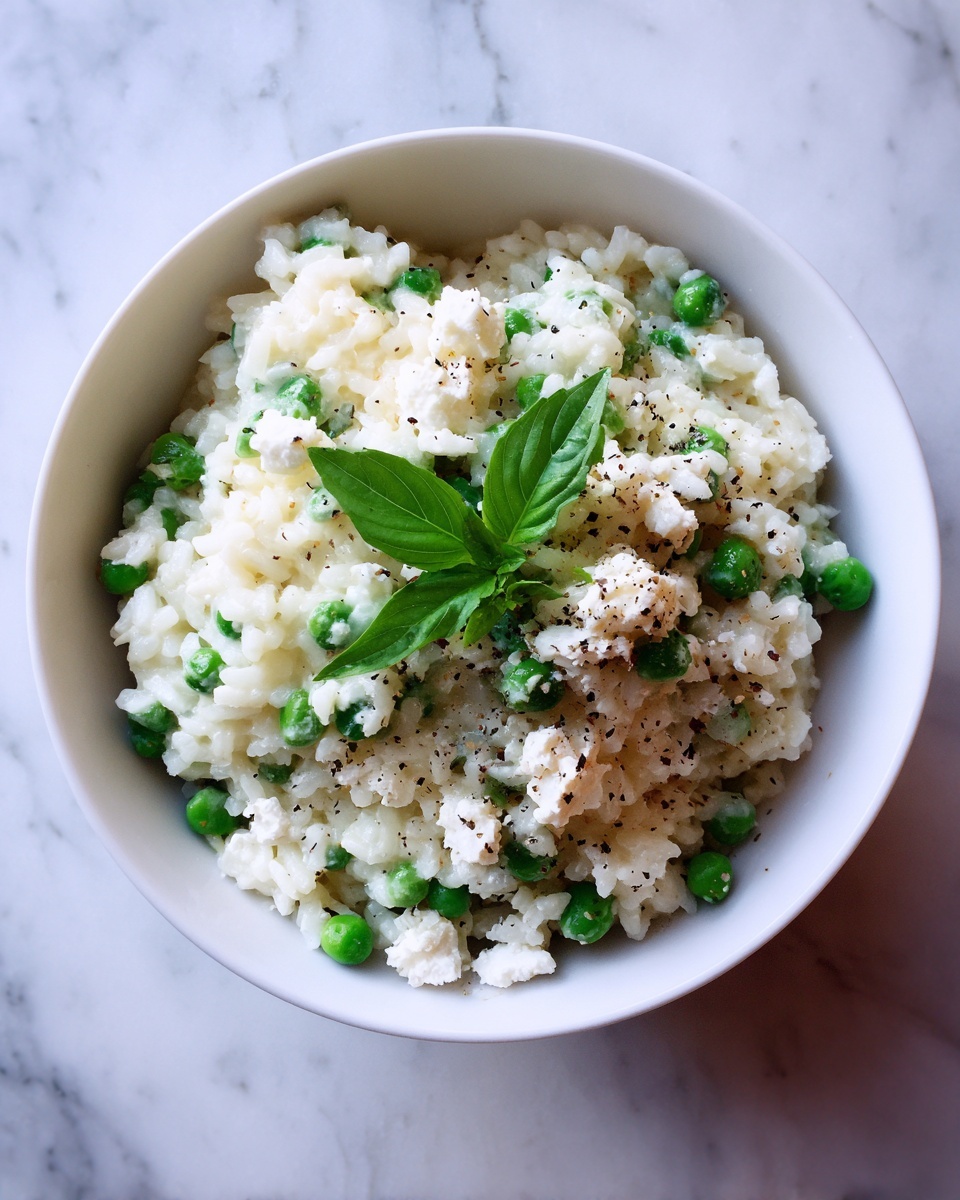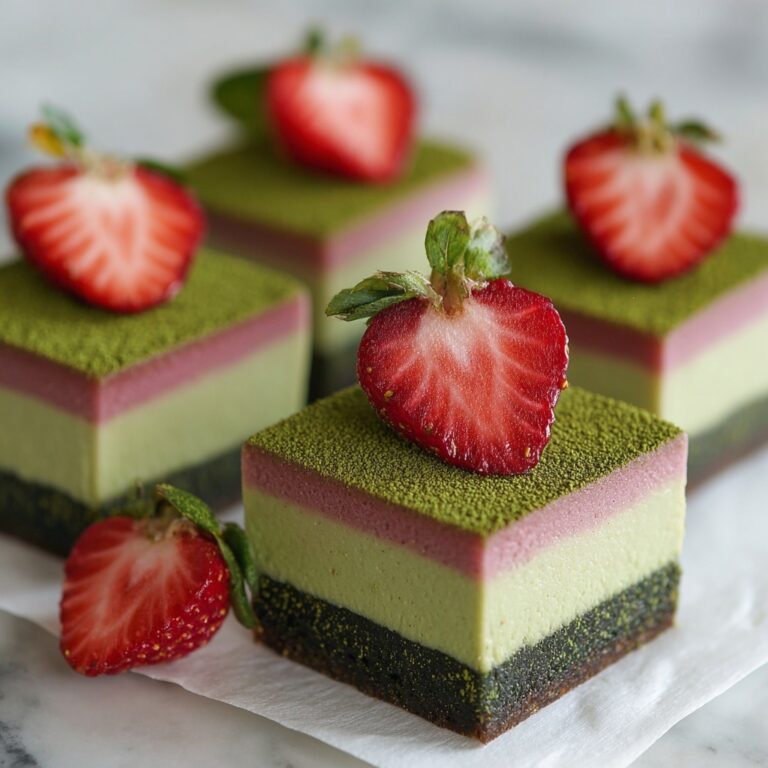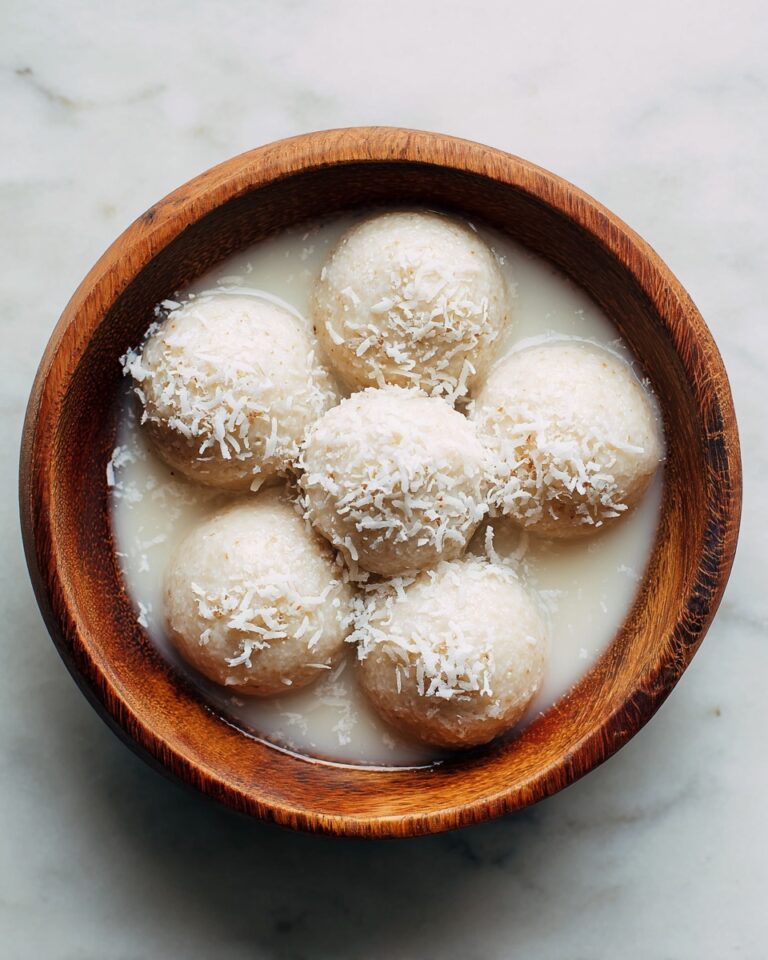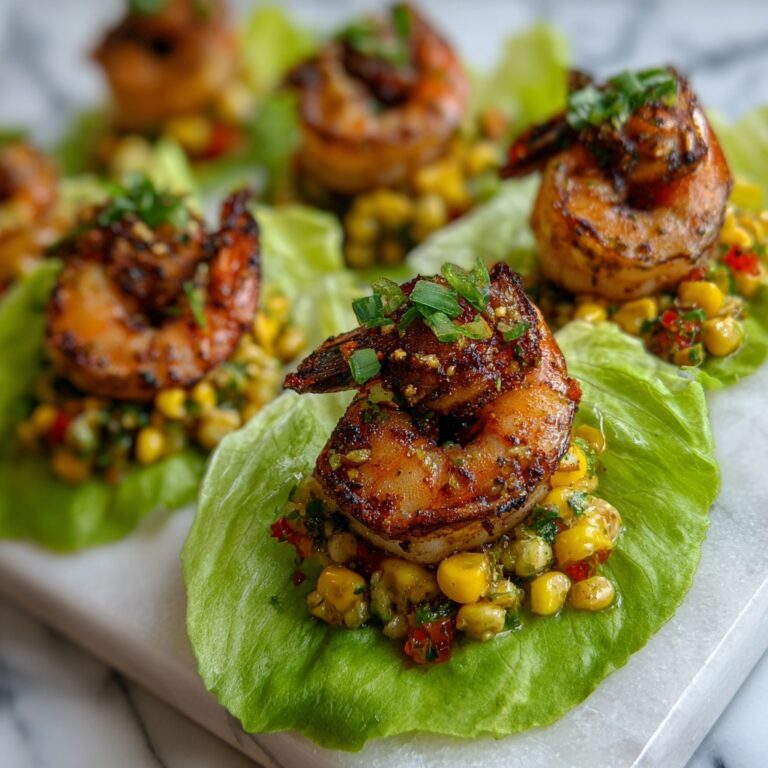If you’re looking for a bright, comforting dish that feels like a warm hug on a spring day, this Fresh Pea Risotto Recipe is exactly what you need. The sweet pop of fresh peas combined with creamy, tender Arborio rice and a hint of lemon zest makes this risotto a standout — it’s simple yet sophisticated, perfect for both a casual weeknight dinner or impressing guests. Once you make this, I guarantee it will become one of your favorite go-to meals that’s both fresh and comforting in every satisfying bite.
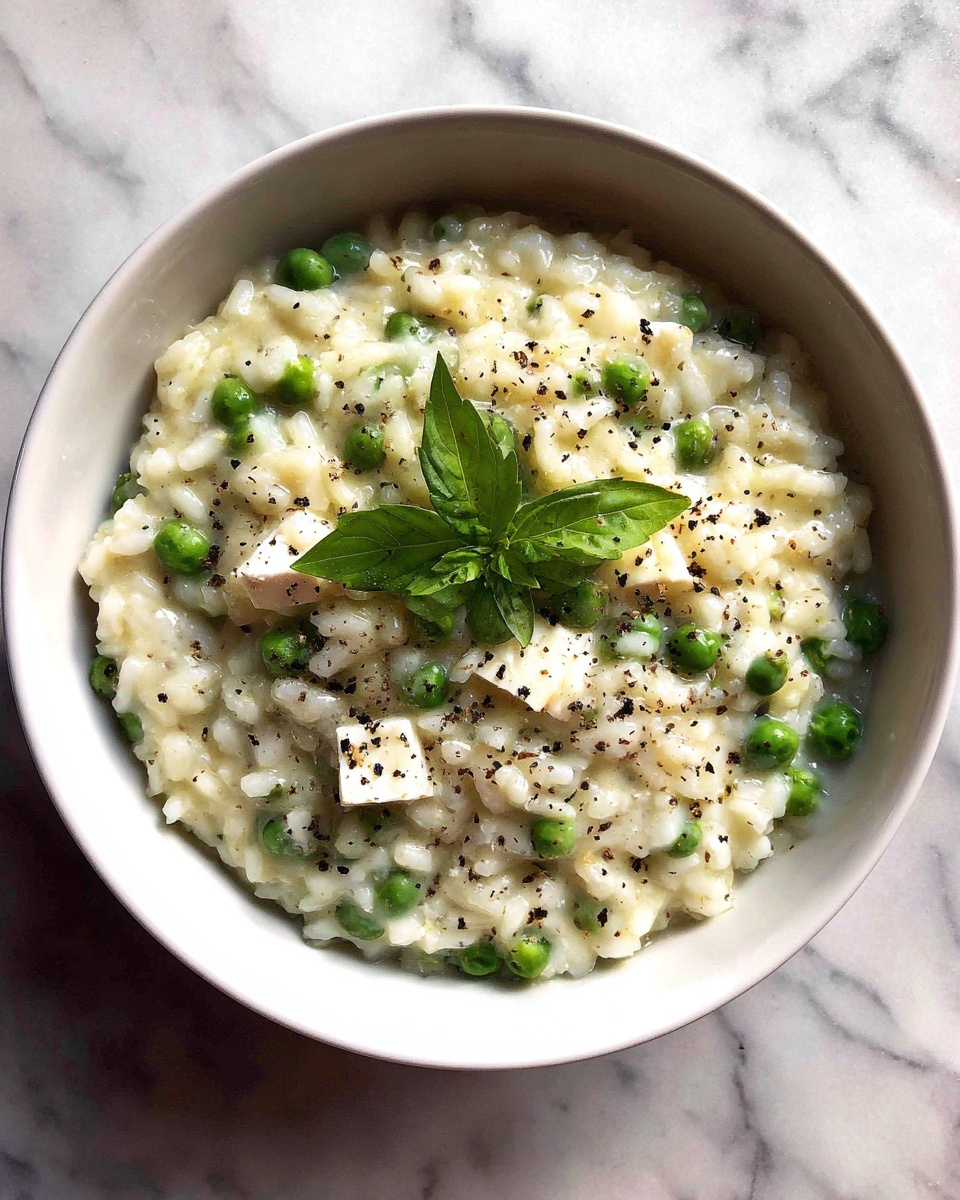
Ingredients You’ll Need
The magic of this Fresh Pea Risotto Recipe lies in its simple but thoughtfully chosen ingredients. Each plays a crucial role — the creamy texture from Arborio rice, the bright sweetness of fresh peas, and a touch of Parmesan to add depth and richness.
- Arborio rice: The star grain for risotto; it absorbs liquid beautifully and creates that creamy texture you love.
- Fresh peas: They add a natural sweetness and vibrant green color that instantly brightens the dish.
- Vegetable broth: Provides a flavorful liquid base that keeps everything moist and savory.
- Onion: Adds a subtle savory backbone when sautéed to translucent perfection.
- Garlic: Brings a fragrant warmth that enhances the overall flavor profile.
- Parmesan cheese: Gives a salty, creamy finish that melts right into the risotto.
- Olive oil: Used for sautéing; it adds fruitiness and richness without overpowering.
- Butter: Stirred in at the end to enrich the risotto with silky smoothness.
- Lemon zest: Sprinkled on top for a fresh, zesty pop that lifts all the flavors.
How to Make Fresh Pea Risotto Recipe
Step 1: Warm the vegetable broth
Start by heating your vegetable broth in a saucepan over low heat. Keeping the broth warm is essential because it helps the rice cook evenly and absorb flavors gradually, allowing you to build the perfect creamy risotto texture.
Step 2: Sauté onion and garlic
In a large skillet, heat olive oil and gently sauté chopped onion until it turns translucent and soft. This step is crucial for layering flavors right at the start. Then, add minced garlic and cook just until it becomes fragrant — not browned — to keep that gentle aromatic sweetness.
Step 3: Toast the Arborio rice
Stir in the Arborio rice and let it toast for about 2 minutes. You’ll notice the edges of the grains start to look slightly translucent. This quick toasting step is important because it adds a subtle nuttiness and helps the rice absorb the broth gradually without becoming mushy.
Step 4: Gradually add warm broth
Begin adding your warm broth one ladleful at a time. Stir continuously and allow the rice to fully absorb each addition before adding more. This slow, patient cooking is the heart of risotto-making and develops that signature creamy texture.
Step 5: Incorporate fresh peas
About halfway through the cooking process, when the rice is just starting to soften (after around 10 minutes), stir in your fresh peas. They’ll cook along with the rice, maintaining their bright color and a lovely tender bite by the time the risotto is perfectly al dente, usually around 18 to 20 minutes total.
Step 6: Finish with butter and Parmesan
Remove the skillet from heat and stir in butter and freshly grated Parmesan cheese until everything comes together in a luscious, creamy finish. Serve immediately, garnished with a sprinkling of lemon zest for that fresh, zippy touch that complements the peas wonderfully.
How to Serve Fresh Pea Risotto Recipe
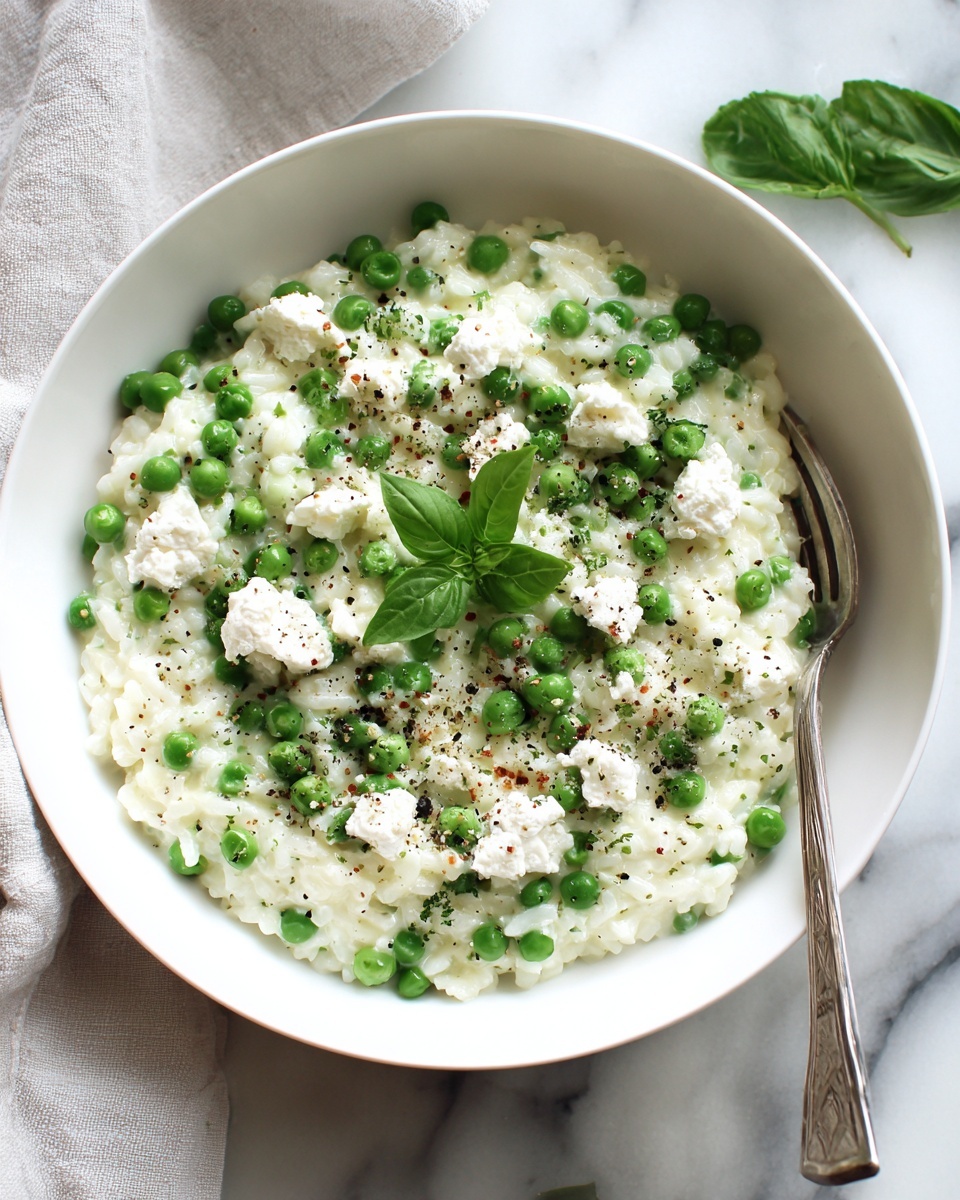
Garnishes
A sprinkle of lemon zest is my favorite finishing touch, adding brightness and a delicate citrus aroma that cuts through the richness. Freshly cracked black pepper or a few basil leaves can also elevate your presentation and flavor profile beautifully.
Side Dishes
This Fresh Pea Risotto Recipe pairs wonderfully with light, fresh sides like a crisp arugula salad with a lemon vinaigrette or simple roasted asparagus. For protein, grilled chicken or pan-seared scallops complement the creamy texture without overwhelming the delicate flavors.
Creative Ways to Present
For an eye-catching presentation, serve the risotto in individual shallow bowls topped with extra pea shoots or edible flowers for a springtime vibe. Alternatively, use it as a vibrant bed for seared fish or roasted vegetables to turn this simple meal into a showstopper.
Make Ahead and Storage
Storing Leftovers
If you have any leftover Fresh Pea Risotto Recipe (though it’s rare to have any!), store it in an airtight container in the refrigerator for up to 2 days. Keep in mind that risotto tends to thicken upon resting.
Freezing
Risotto doesn’t freeze as well as other dishes because the texture can change and become grainy. It’s best enjoyed fresh, but if needed, cool leftovers completely and freeze in a sealed container for up to 1 month, then thaw gently in the fridge.
Reheating
When reheating, add a splash of warm broth or water to loosen the risotto’s texture, reheating gently on the stove while stirring frequently. This helps restore the creamy consistency without drying it out or overcooking the rice.
FAQs
Can I use frozen peas instead of fresh peas?
Absolutely! Frozen peas work well in this Fresh Pea Risotto Recipe and are a great substitute when fresh peas aren’t in season. Just add them at the same stage and cook until heated through.
What makes Arborio rice special for risotto?
Arborio rice has a high starch content that releases during slow cooking, creating the creamy texture risotto is famous for. Other rice varieties don’t have the same ability to absorb liquids while staying tender yet firm.
Is this risotto suitable for vegetarians?
Yes! Using vegetable broth keeps this dish completely vegetarian. Just make sure your Parmesan is vegetarian-friendly, as traditional Parmesan may contain animal rennet.
How can I make this recipe dairy-free?
For a dairy-free version, substitute butter with olive oil and use a dairy-free cheese alternative or nutritional yeast instead of Parmesan. This will keep things creamy but change the flavor slightly.
Can I add other vegetables to this risotto?
Definitely! Asparagus tips, peas, or diced zucchini make excellent additions. Just add them during the cooking process when you add the peas so everything finishes cooking evenly.
Final Thoughts
This Fresh Pea Risotto Recipe is one of those delightful dishes that feels both luxurious and accessible. Its bright, fresh flavors paired with creamy comfort make it a true crowd-pleaser. I encourage you to give it a try soon — once you do, it may just become a beloved staple in your recipe rotation, warming your kitchen and your heart with every bite.
Print
Fresh Pea Risotto Recipe
- Prep Time: 5 minutes
- Cook Time: 25 minutes
- Total Time: 30 minutes
- Yield: 4 servings
- Category: Main Course
- Method: Stovetop
- Cuisine: Italian
- Diet: Vegetarian
Description
This Fresh Pea Risotto is a creamy, comforting Italian classic made with tender Arborio rice, sweet fresh peas, and rich Parmesan cheese. The risotto is slowly cooked by gradually adding warm vegetable broth, resulting in a luscious, velvety texture perfect for a satisfying vegetarian meal. Finished with a touch of butter and zesty lemon, this dish offers a bright, fresh flavor that celebrates springtime produce.
Ingredients
Risotto Base
- 1 ½ cups Arborio rice
- 4 cups vegetable broth, kept warm
- 1 medium onion, finely chopped
- 2 cloves garlic, minced
- 2 tablespoons olive oil
- 2 tablespoons unsalted butter
Vegetables and Flavorings
- 1 cup fresh peas, shelled
- 1 teaspoon lemon zest
Cheese
- ½ cup freshly grated Parmesan cheese
Instructions
- Warm the broth: Heat the vegetable broth in a saucepan over low heat to keep it warm throughout the cooking process. This ensures the rice cooks evenly without lowering the temperature each time you add the broth.
- Sauté the aromatics: In a large skillet or heavy-bottomed pan, heat the olive oil over medium heat. Add the finely chopped onion and sauté until translucent, about 4-5 minutes. Add the minced garlic and cook for an additional minute until fragrant, taking care not to let it brown.
- Toast the rice: Add the Arborio rice to the skillet and stir constantly for two minutes. This step lightly toasts the rice grains and helps develop their flavor while preparing them to absorb the broth.
- Gradually add broth: Begin adding the warm vegetable broth one ladleful at a time, stirring continuously. Wait until each addition is mostly absorbed before adding the next. This slow addition and stirring encourage the rice to release its creamy starches.
- Incorporate peas: After about 10 minutes of cooking and broth addition, stir in the fresh peas. Continue cooking and adding broth, stirring regularly, until the rice is tender yet firm to the bite, approximately 18-20 minutes total cooking time.
- Finish the risotto: Remove the pan from heat. Stir in the butter and freshly grated Parmesan cheese until the risotto is creamy and smooth. Adjust seasoning if needed. Serve immediately, garnished with lemon zest for a bright finish.
Notes
- Use fresh peas for the best flavor; frozen peas can be substituted if fresh aren’t available.
- Keep the broth warm to ensure even cooking and maintain the correct risotto texture.
- Stir continuously to prevent the rice from sticking and to create a creamy texture.
- For a richer taste, you can substitute half the olive oil with butter during sautéing.
- Adjust seasoning with salt and freshly ground black pepper to taste.
- Leftover risotto can be cooled and refrigerated but is best enjoyed fresh for optimal texture.

